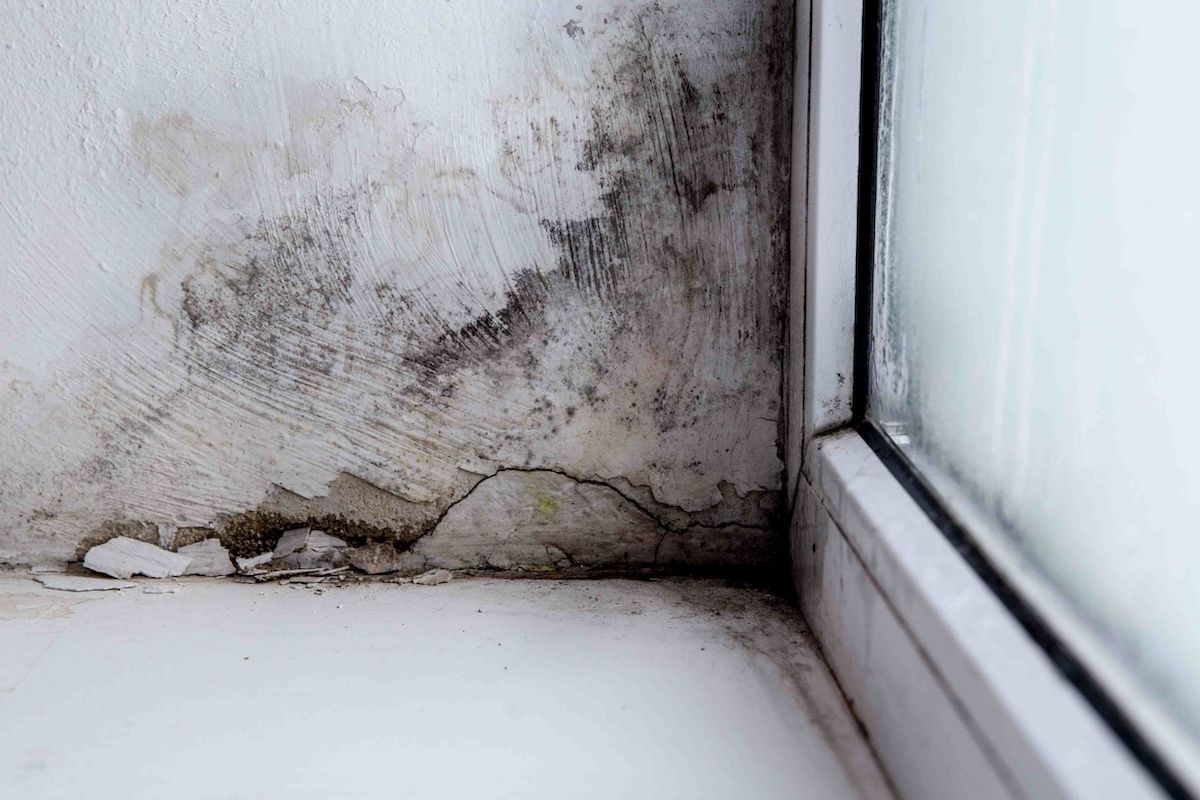Necessary Actions After Mold Remediation
Necessary Actions After Mold Remediation
Blog Article
Your Ultimate Guide to Post Mold Remediation Methods
Browsing the realm of post-mold remediation strategies is a precise process that demands attention to detail and a thorough understanding of the intricacies included. In the results of mold problem, recognizing just how to effectively eradicate the mold and mildew and stop its reoccurrence is critical for keeping a healthy and balanced indoor environment. From choosing the right cleaning and disinfecting approaches to applying techniques for long-term mold and mildew avoidance, each action in the removal trip plays an essential function in making sure a successful outcome. As we begin on this exploration of post-mold remediation strategies, we will discover the essential techniques and best techniques that can assist you recover your space to its pre-mold condition and safeguard it against future mold risks.
Comprehending Post-Mold Removal Process
After completing the mold and mildew removal process, it is essential to comprehend the post-mold removal methods that are needed to guarantee a reliable and thorough cleanup. As soon as the mold has been gotten rid of, the next action entails cleaning and disinfecting the affected areas to avoid any kind of regrowth of mold and mildew. This includes using specialized cleaning up representatives to wipe down surfaces and eliminate any remaining mold and mildew spores. It is necessary to dry out the location completely to inhibit the growth of mold in the future (Post Remediation Inspection near me). Proper air flow and dehumidification can aid in this procedure.
Moreover, conducting a last assessment post-remediation is crucial to make sure that all mold and mildew has actually been effectively removed. This inspection should include an extensive aesthetic check in addition to perhaps air sampling to confirm the lack of mold spores airborne. If the inspection exposes any kind of remaining mold, added remediation might be necessary. Enlightening passengers on precautionary procedures such as controlling moisture degrees and promptly dealing with any water leaks can assist preserve a mold-free setting.
Efficient Cleaning Up and Decontaminating Methods

Stopping Future Mold And Mildew Growth

Importance of Correct Air Flow
Correct ventilation plays a critical duty in preventing dampness accumulation, a vital element in mold and mildew development within interior settings. Efficient ventilation systems assist remove excess humidity from the air, look at here lowering the opportunities of mold and mildew spores discovering the wetness they require to spread and germinate. Without adequate air flow, indoor rooms can come to be a breeding place for mold, causing potential wellness threats and architectural damage.
By making sure correct air blood circulation, ventilation systems can additionally assist in drying out wet areas faster after water damages or flooding cases, additionally hindering mold development. Post Remediation verification. In areas like washrooms, cooking areas, attics, and basements where wetness levels often tend to be greater, installing and preserving effective ventilation systems is important in stopping mold infestations

Monitoring and Upkeep Tips
Given the critical function that appropriate air flow plays in stopping mold development, it is essential to establish effective tracking and maintenance tips to make sure the continued performance of air flow systems. Surveillance moisture degrees within the building is likewise important, as high humidity can add to mold and mildew growth. By staying proactive and alert to the problem of ventilation systems, residential or commercial property proprietors can successfully minimize the threat of mold regrowth and maintain a healthy interior setting.
Final Thought
In conclusion, post-mold remediation strategies are important for making sure a safe and tidy setting. Recognizing the process, applying reliable cleaning and sanitizing techniques, preventing future mold growth, preserving correct ventilation, and routine tracking are all important steps in the remediation process. By complying with these standards, you can successfully get rid of mold and avoid its return, functioning or promoting a healthy living room for all passengers.
In the aftermath of mold and mildew infestation, recognizing exactly how to efficiently eradicate the mold and mildew and avoid its reoccurrence is vital for maintaining a healthy indoor atmosphere. When the mold and mildew has been eliminated, the next step includes cleaning and decontaminating the impacted areas to protect against any kind of regrowth of mold and mildew - testing air quality after mold remediation. After eliminating visible mold and mildew development, it is critical to cleanse all surface areas in the affected area to eliminate any remaining mold Visit This Link and mildew spores. To better improve mold and mildew avoidance steps, it is crucial to deal with underlying issues that at first led to mold development.Provided the important duty that proper ventilation plays in avoiding mold growth, content it is necessary to develop effective tracking and maintenance suggestions to guarantee the continued functionality of air flow systems
Report this page